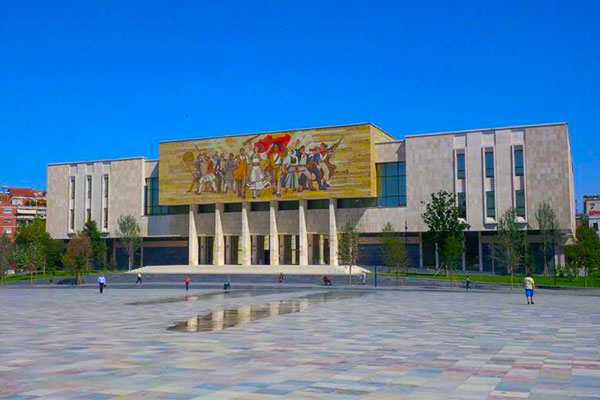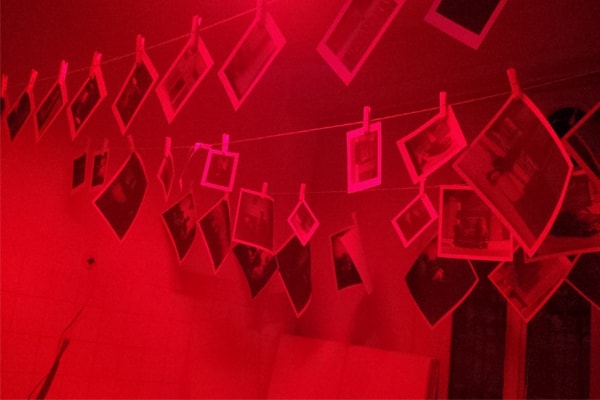Walking in the past
Albanians suffered 50 years isolation from communism regime, and traces of the bitter part of history can be found in different parts of Tirana. Many of them are now lost, some were destroyed from the revenge of people and some from desire to build new life and shut the door to the old one. Most of visitors to Albania are eager to know about this part of history. Through this itinerary, we are trying to help you understand better the sufferings of this nation and its people under one of the longest-lasting totalitarian state in Eastern Europe.
National Museum
Is the biggest museum in the country and has a special pavilion about communism crimes and killings of innocent people. Photos, documents, and objects belonging to that dark period during 1944-1990 are all displayed here. Visitors can see the list of people executed as political prisoners, most of them engineers, catholic priests, artists and intellectuals. In 1967 Albania has declared as the only atheist country in the world and all the campaign of terror was directed to religious sites and people. Almost 740 mosques, 607 Churches and monasteries, 157 Catholic churches, and 530 Bektashi Tekes were closed down, transformed in something else or demolished. The pavilion features testimonies from lives of people imprisoned and persecuted from the regime and give strong emotions.

The House of Leaves
House of Leaves is the newest museum to open in Albania, and probably the most intriguing. It is considered to be the equivalent of the Stasi headquarters of the former East Germany. The leaves have a double meaning: things hidden in woods, but also the leave of books and files, on people. Those curious to see what was hidden in the HQ of the notorious National Intelligence Service, also known as the House of Spies, will leave speechless. The original house was built in 1931 with the primary function of a medical clinic. During World War II, under German occupation, it was used by the Gestapo. Immediately after the end of the war it was regained by the Albanian government and utilised as a security office for investigations. In January 2015, the idea to transform the house into a museum was introduced to the public. It is situated right in the heart of the city, in front of Tirana’s Orthodox Cathedral and close to the National Bank of Albania. The museum was open for the public on 23 May 2017.

Pyramid
Don’t pass the road without having a look at Pyramid. Well it was built by the daughter of former Dictator Enver Hoxha, as a mausoleum for him after the death. But now it is just a tourist attraction, for its architecture. It is considered a place that revokes the Albanian bitter past.

Postbllok Monument (The checkpoint)
Postbllok (Checkpoint), or the Memorial to Communist Isolation, commemorates the country’s political prisoners who suffered under the Hoxha regime. It is situated in the main boulevard in front of government building. Co-created by the former dissident Fatos Lubonja and the artist Ardian Isufi, the monument is made up of three main elements including one of the small concrete defensive bunkers that continue to litter the country, several concrete supports from the mine at the notorious Spaç labour camp where thousands of political prisoners suffered between 1968 and 1990 and a brightly painted section of the Berlin Wall from Postdamer Platz that once split Germany in two.

TAGS: Walking in the past in Tirana Albania, National Museum in Tirana, Pyramid in Tirana, Daytrips in Tirana, Daytrips Tirana, Explore Tirana, Tours to Tirana Albania, Travel Tirana, Tirana Daytrips, Explore Tirana
Reference from: Visit Tirana


